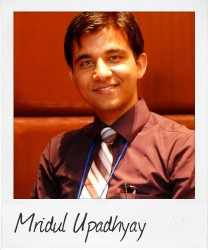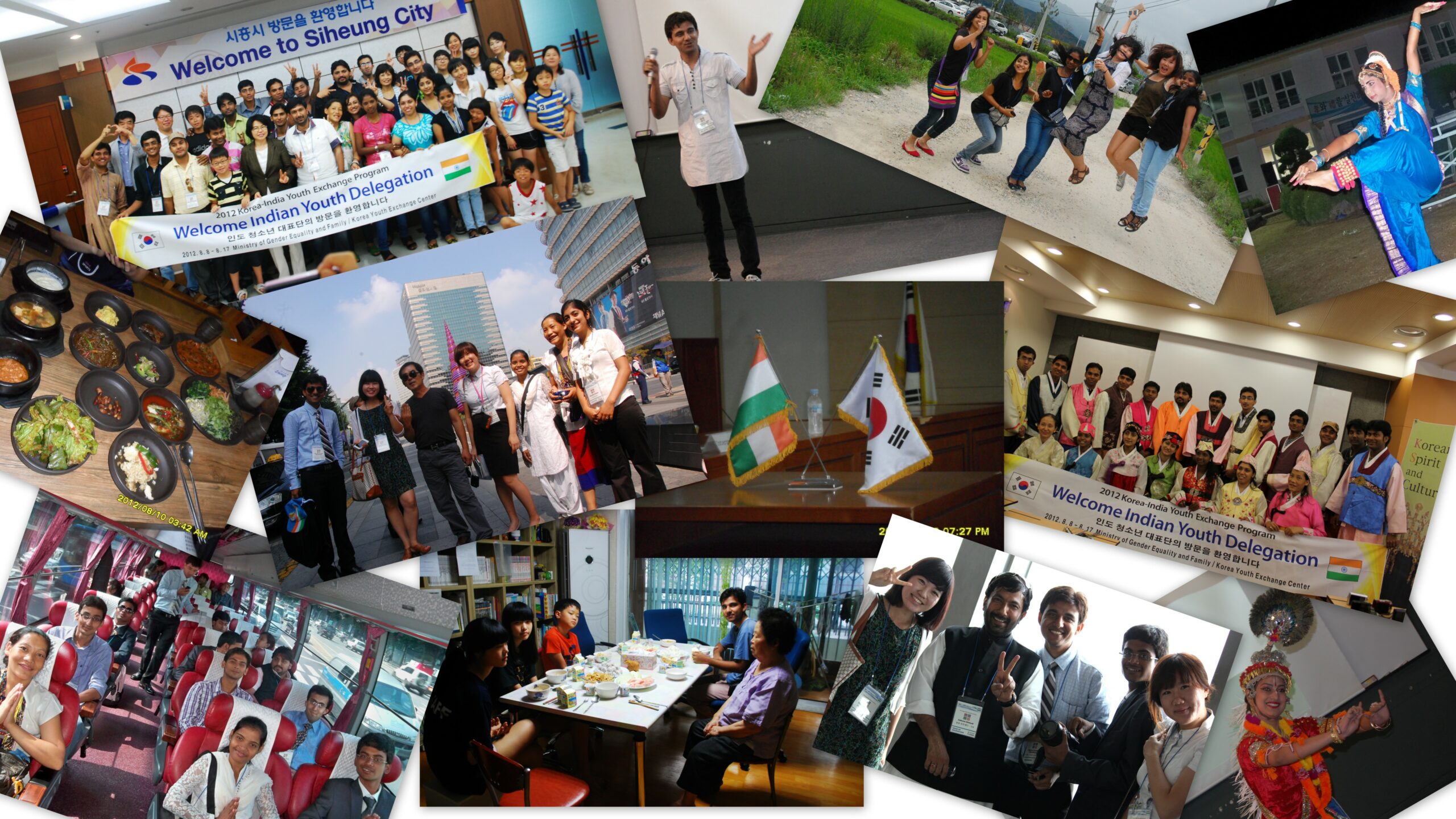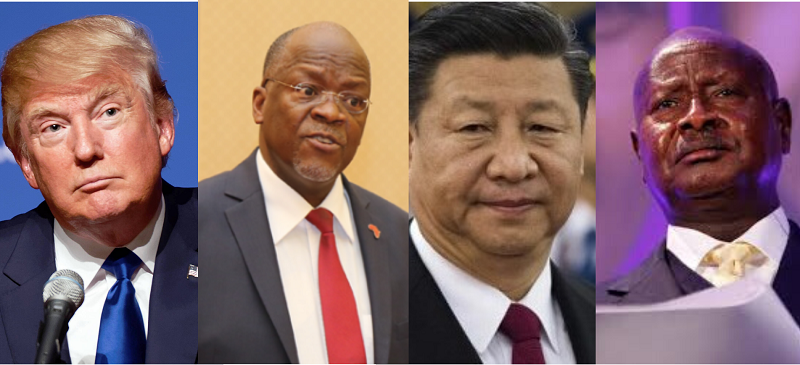“Home stay with a Korean family was the best part”
March 6 An exchange program gave Mridul Upadhyay, 21, of New Delhi, India, opportunity to explore South Korea’s cultural sites and learn about its economy. But staying with a host family gave the best insight into Korean life and attitudes.
An exchange program gave Mridul Upadhyay, 21, of New Delhi, India, opportunity to explore South Korea’s cultural sites and learn about its economy. But staying with a host family gave the best insight into Korean life and attitudes.
Cross-cultural exchange is the best way to share and learn for a better world. As a youth leader, volunteer, guitar player and Hindustani music vocalist, I got this wonderful opportunity to represent my beloved country in South Korea.
The Indian Ministry of Youth Affairs selected 12 young men and six young women for the Indo-Korea Intergovernmental Youth Exchange program. The delegation was comprised of young leaders from political parties, young academics, folk and culture artists, and volunteers from the National Youth Corps and National Services Scheme (NSS).
Korean Youth Exchange Center (KYEC) officials and South Korea’s Ministry of Gender Equality and Family welcomed the delegation. The exchange program involved interaction with local youth, visits to tourist and cultural sites and introduction to economic and social activities. Educational value came from interaction with students and faculty members, meetings with economic and political representatives, and engaging in culture, sports, and visits to rural areas.
We learned that South Korea’s economy is high-tech, industrialized and international trade-dependent. It is one of the fastest-growing developed countries. The Korean society is one of the most homogenous in the world, with most of the population sharing the same culture and traditions.
Home stay with a Korean family was the best part of the program. Delegates were assigned in groups of two to spend a day and night with families. It was tough to communicate with the hosts as English is not their first language. I opted for simple sentences, one word communication, internet, images and the paint option on Samsung Tab as strategies to share thoughts and information. It was a great experience to describe Indian culture to people who knew almost nothing about it.
Family manners in South Korea are much as I had been taught in India. Taking shoes off in any residence or temple and using both hands when giving or receiving money and gifts are considered as good manners. Bowing towards others is respectful during meetings and departures. Pointing at someone using the forefingers is bad manners. Instead, place your hand out, palms down (palm up is how you call your pet), and flutter all your fingers at once. Starting or finishing the meal before the elders and touching food with your fingers is bad manners. The exception is that one may use fingers for fruits, fresh lettuce, and biting meat from the bone.
I wished to share my hobby of Indian cooking with my host family. Getting the flour and some familiar vegetables was an encouragement, but different ingredients invited me to experiment. When I asked, with the help of internet images, for a rolling pin to make Puri/ Chapaties, the family suggested in a funny way that I use a long wine bottle as a substitute. Later they gave me a small steel cylindrical water bottle. ‘Will they like the dishes?’ was in my mind so I made smaller quantities. Finally when the food was served on the dining table, everybody was happy with the delicious taste, although I had to teach them to eat with hands.
Fun Facts about Korea-
- On the first night of the New Year everybody hides their shoes. There is a belief that a ghost will come down and try on everyone’s shoes. If it finds a pair it likes, it will take the shoes and that owner will have bad luck.
- South Korea boasts of some of the biggest shopping malls in the world. In fact, some of the malls are bigger than a European town.
- Most South Korean buildings do not have a 4th floor – a manifestation of superstitions.
Fascinating facts-
- In 1960, per capita income of South Korea was 87 USD, now it is 23000 USD.
- Korea has world’s fastest average internet speed. It also has the highest percentage of internet use at 90 per cent of the total population.
- During the 1997 economic crisis in the country, all the ladies donated their gold to the government to pay the international debt, without asking for documentation.
- The unemployment rate in South Korea remained at a low 3.6 per cent in 2009
My first introduction to the Korean language was three polite words; ‘Annyong haseyo (Greeting), Kamsahamnida (Thank You) and Hasigi balabnida (Please). Korean words for traditional things are Hangeul (language) Hansik (food), Hanbok (clothing), Hanok (house) and Hanji (handmade paper). Kimchi is a staple dish and also pronounced while taking snaps; ‘Hana, dul, set, kimchi…’ (‘one, two, three, cheese…’).
The Indian delegation staged cultural performances including sitar and flute, Manipuri dance, Kuchipudi dance, Carnatic music vocal, guitar playing and Hindustani Sufi music song. Korean youth were amazed by the beautiful dresses and make-up of the dancers, and the musical performances.
The delegates in turn enjoyed a Korean Original Musical ‘MISO’ performance, Lotte World, N Seoul tower, Bucheon Media center, Lotus garden and Mokdong Ice Rink. Celebrating India’s Independence Day in South Korea, which shares the same date for its Independence Day, was also a wonderful experience. Feeling the bonds made in the ten days of our visit was a testament to the success of this intergovernmental exchange program.
Photograph Credits: Mridul Upadhyay
…………………………………………………………………………………………………………………………………………………………
About me:
A thinker, a social volunteer, a mechanical designer, a theater artist, a guitar player, a lyrics-writer, an amateur sketch artist, a cook, a traveler, a wannabe civil servant – there are many phrases I enjoy trying on me to describe what I see myself as.
Currently I work for the Oil and Gas Pipeline refineries as a design engineer and am studying for Management in Business Administration. I aspire to enlighten society with the knowledge and experience I gain.
………………………………………………………………………………………………………………
Opinions expressed in this article are those of the author and do not necessarily represent the views of the Commonwealth Youth Programme. Articles are published in a spirit of dialogue, respect and understanding. If you disagree, why not submit a response?
To learn more about becoming a Commonwealth Correspondent please visit: http://www.yourcommonwealth.org/submit-articles/commonwealthcorrespondents/
………………………………………………………………………………………………………………




